Life
Sign up for our newsletter
We summarize the week's scientific breakthroughs every Thursday.
-
 Health & Medicine
Health & MedicineReaders question mental health research
Maintaining mental health, protecting ocean critters and more in reader feedback.
-
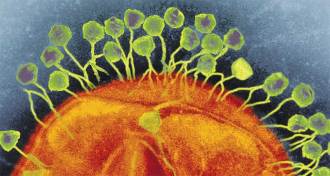 Life
LifeCRISPR had a life before it became a gene-editing tool
Before it was a tool, CRISPR was a weapon in the never-ending war between microbes and viruses
By Rosie Mestel -
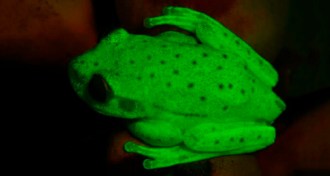 Animals
AnimalsFirst fluorescent frogs might see each others’ glow
A polka dot frog, the first known fluorescent amphibian, may get a visibility boost in twilight and moonlight.
By Susan Milius -
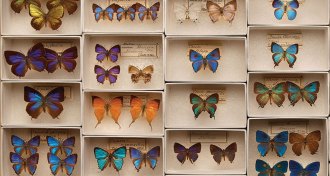 Science & Society
Science & Society‘Specimens’ goes behind the scenes of Chicago’s Field Museum
The Field Museum of Natural History in Chicago puts seldom-seen specimens on display in a new exhibit to highlight the crucial role of museum objects in scientific research.
-
 Neuroscience
NeuroscienceFood odors are more enticing to sleep-deprived brains
Sleep deprivation makes the brain more sensitive to food smells.
-
 Neuroscience
NeuroscienceMore brain differences seen between girls, boys with ADHD
ADHD looks different in the cerebellums of girls and boys with the condition.
-
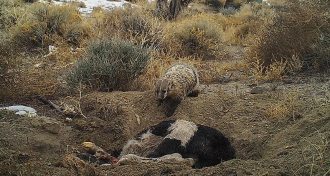 Animals
AnimalsCamera trap catches a badger burying a cow
Badgers are known to bury small animals to save them for future eating. Now researchers have caught them caching something much bigger: young cows.
-
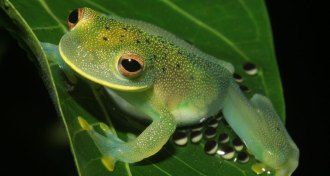 Animals
AnimalsFor glass frogs, moms matter after all
Brief but important maternal care may have evolved before the elaborate egg-tending of glass frog dads.
By Susan Milius -
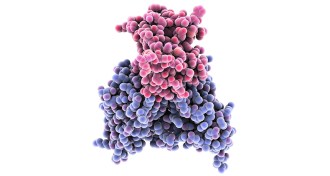 Health & Medicine
Health & MedicineGetting dengue first may make Zika infection much worse
Experiments in cells and mice suggest that a previous exposure to dengue or West Nile can make a Zika virus infection worse.
-
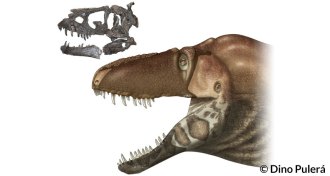 Paleontology
PaleontologyNew tyrannosaur had a sensitive side
Tyrannosaurs may have had sensitive snouts that detected temperature and touch.
-
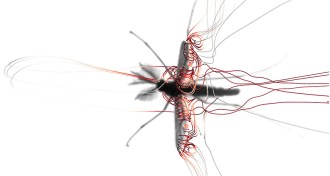 Animals
AnimalsMosquito flight is unlike that of any other insect
High-speed video and modeling reveal a more complex understanding of mosquito flight.
-
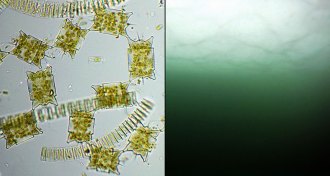 Oceans
OceansThinning ice creates undersea Arctic greenhouses
Arctic sea ice thinned by climate change increasingly produces conditions favorable for phytoplankton blooms in the waters below, new research suggests.